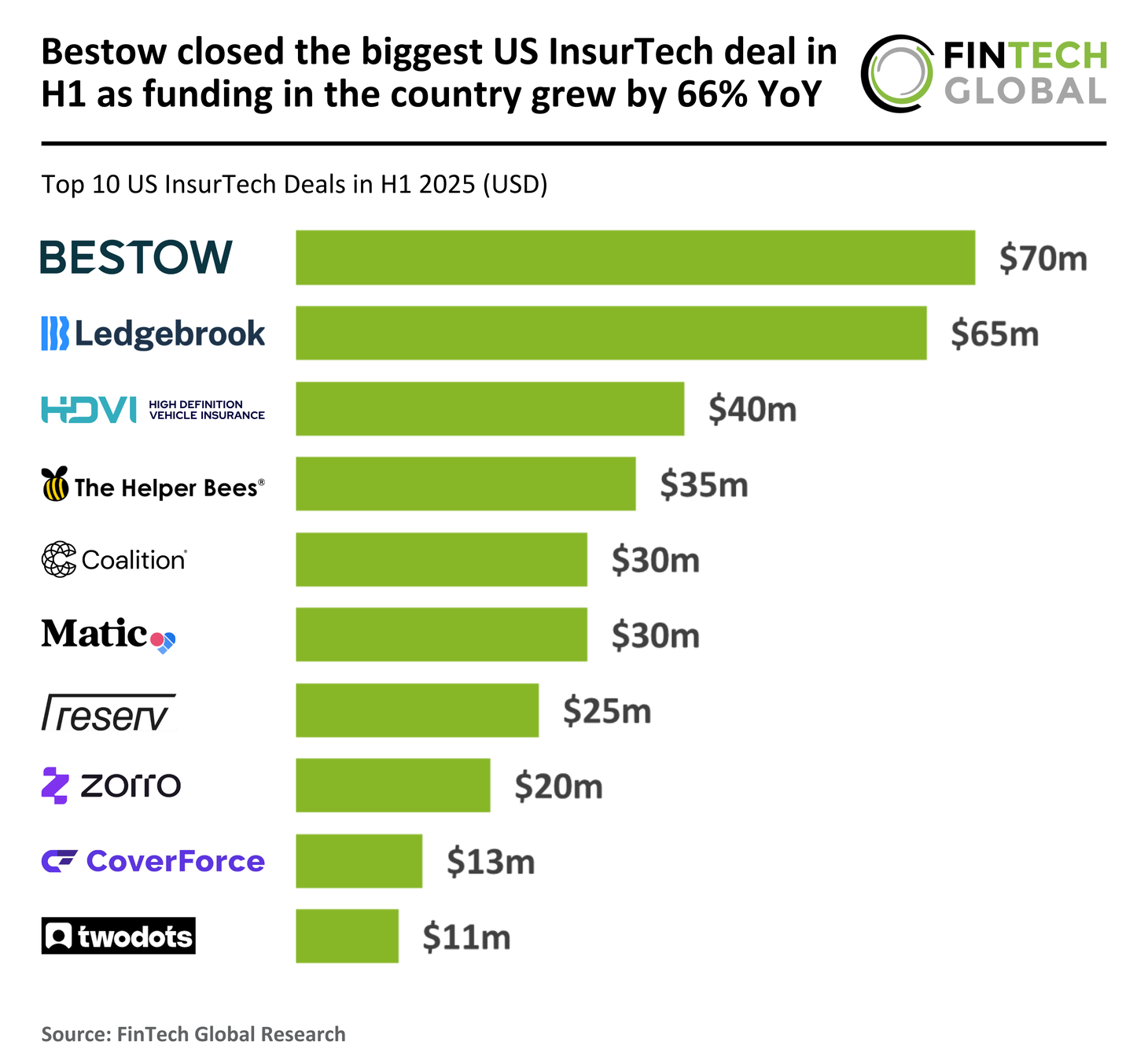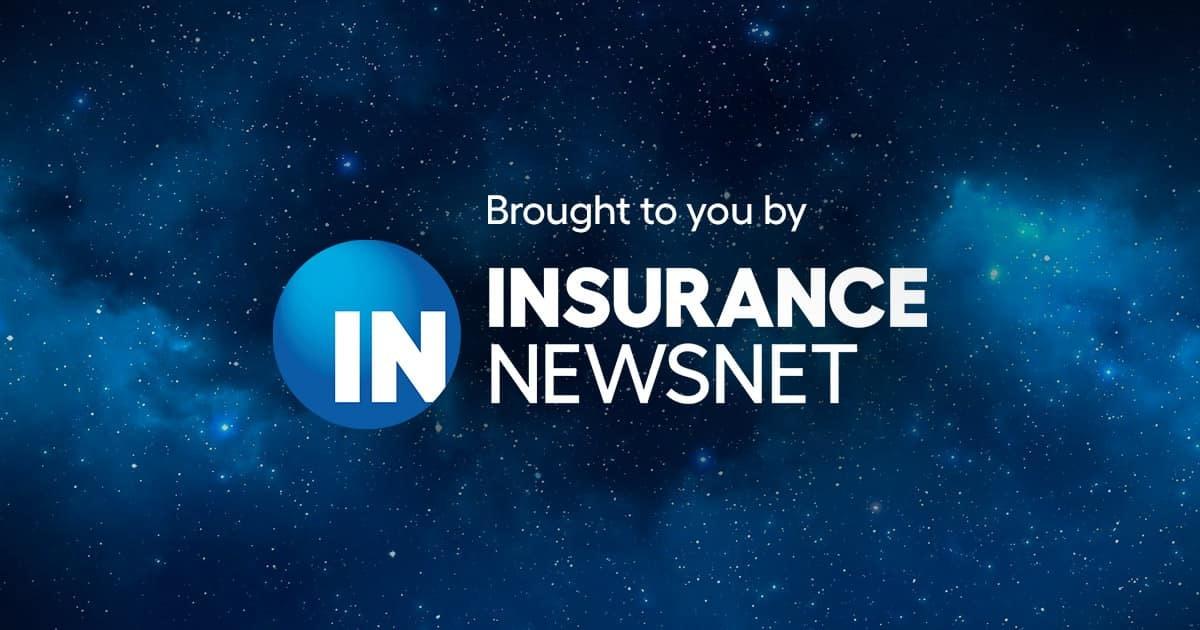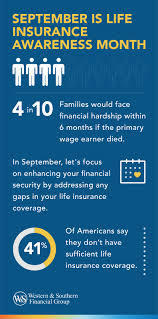Research
Top 10 Challenges Independent Insurance Agencies Face in 2025
Owning and running an independent insurance agency in 2025 takes much more than just product knowledge or good client service. Today's agency owners are facing rapid changes in operations, technology, staffing, and market expectations.
Many of these challenges are not entirely new, but their impact is stronger than ever. For those looking to stay ahead, it helps to understand the most common independent insurance agency challenges that agencies are dealing with right now.
Here's a closer look at the top insurance agency issues 2025 has brought to the surface, and how independent agencies can respond with clarity and purpose.
1. Carrier Access Is Getting Tighter Securing and maintaining access to A-rated carriers has become more difficult, especially for smaller or newer agencies. Carriers are narrowing their appointment lists and putting more pressure on agencies to meet production requirements.
For independent agencies that depend on strong product variety, this creates serious limitations. The inability to provide competitive quotes across multiple carriers weakens your value proposition in an already competitive market. Among the most pressing independent insurance agency challenges in 2025, carrier access continues to limit growth potential for firms that aren't part of larger networks or alliances.
Commentary/Opinion
Strategic Priorities 2025: A New Operating Business Foundation for the New Era of Insurance
Now is the time for insurers to embrace tech-driven transformation to unlock efficiency, innovation, and long-term profitable growth —
Insurers have operated for decades under traditional models shaped by outdated assumptions around products, pricing, distribution channels, and customer engagement. However, shifts in customer expectations, competitive dynamics, risk profiles, and technology have revealed the inadequacy of the legacy systems they have been utilizing. Today’s insurers face mounting pressure from rising expenses and loss ratios, diminishing profitability, and growing challenges in retaining talent and meeting the demands of customers and even agents.
Most operating models were crafted over decades around a myriad of constraints and business assumptions and challenges. These constraints include redundant systems, manual workarounds necessitated by legacy technology, and teams locked into their current culture that limits what they can do. The operating model evolved to support this legacy construct, as – rather than rebuilding foundational systems – insurers have typically layered new technologies over old infrastructures, resulting in inefficient, unprofitable operations with a layered, complex technology foundation that has increased costs rather than decreasing them.
Insurers need to change the economics for loss ratios, expense ratios, risk selection, and risk prevention. It requires rethinking the business operating model and processes to leverage a wide array of amazing technologies, including Cloud, APIs, AI/ML, GenAI, IoT, and more. This will drive operational optimization and lay a foundation for innovation. It is future-focused, based on the reality of the world in which we live, and it represents smart investing, if smart investing can be defined as “that which will pay off in the future.”
By Denise Garth & Glenn Westlake, Majesco —
Closing the Gaps: How Smart Insurance Platforms Connect Underwriting and Customer Service
When teams work in silos, things fall through the cracks.
In insurance agencies, the divide between underwriting and customer service can lead to delays, duplicate work, and frustrated clients. But it doesn’t have to be that way.
Smart, integrated insurance platforms are helping agencies build better bridges between departments. They’re not just making it easier to share information—they’re making it possible to work as one cohesive unit.
The Disconnect: Where Things Go Wrong
Underwriting and customer service may operate under the same roof, but they often function with different goals, systems, and timelines.
Underwriters focus on evaluating risk and determining terms, which requires precise data, strict compliance, and often some back-and-forth with carriers. Meanwhile, customer service reps are working directly with clients—responding quickly, solving problems, and keeping the experience smooth.
Without a shared system or real-time visibility, it’s easy for updates to get lost between email chains, calls, or legacy platforms that don’t communicate well. A service rep may be unaware that an underwriter made a change to a policy detail. Or an underwriter might not be looped in on new information a customer shared during a service call.
These breakdowns waste time and erode trust, both internally and with the customer.
Smart Platforms Keep Everyone on the Same Page
Integrated insurance platforms solve this by creating a single source of truth. When underwriting and customer service teams work within the same system, data updates instantly, tasks are visible across roles, and handoffs happen with far less friction.
For example:
- A customer rep enters a change request after a client call. The underwriter is automatically notified and sees the full context.
- The underwriter modifies coverage terms based on a new risk assessment. The change is logged, and the service team is prompted to notify the client.
- A centralized dashboard shows the status of every client interaction, policy change, and pending task—so no one is guessing or double-handling requests.
This level of visibility not only speeds things up—it helps build accountability. Everyone knows who’s doing what, and when.

The Gen-Z Effect Will Drive Insurance To Become Hyper-Personalized And AI-Native
Gen-Z is redefining work, wealth and consumption and with it, the future of insurance. Insurance has thrived on standardization for decades, assuming that a typical household included a house and two cars and followed a nine-to-five work pattern. As such, coverage was designed for stability and predictability. But that world is disappearing.
By 2035, Gen-Z is projected to become the richest demographic in the U.S. and much of the Western world, driven largely by an unprecedented $15 trillion wealth transfer from Baby Boomers. This is a tectonic shift. At the same time, their behaviors, values and lifestyles bear little resemblance to those of prior generations. Gen-Z is redefining work, wealth and consumption and with it, the future of insurance. Insurers who fail to adapt to this shift risk irrelevance in the changing industry.
From Standardization To Hyper-Personalization
Unlike prior generations, Gen-Z isn’t chasing the traditional life script of steady jobs, suburban homes and large families. They are opting for flexible work schedules that support their desired lifestyles, rather than the other way around. They prioritize experiences over possessions, digital convenience over paperwork and values-driven brands over institutions that hide behind jargon.
What does this shift mean for insurance coverage? The one-size-fits-all policy is dead. It simply won’t be sufficient to meet the needs of this population. The future of insurance will rely on hyper-personalization; insurance products tailored to individuals’ unique lifestyles, activities and assets. That could mean micro-insurance for a weekend music festival, embedded travel coverage purchased alongside a plane ticket or pay-as-you-go auto insurance for someone who drives only occasionally.
We are moving into a time where people expect insurance to adapt as seamlessly as their streaming subscriptions or gig work contracts, and that flexibility is becoming the baseline.
10 Game-Changing Insurance Technologies to Watch | Insurance Thought Leadership
From AI and blockchain to IoT sensors, 10 emerging technologies are transforming insurance operations and customer experiences in 2025.
The insurance industry is undergoing a profound transformation in 2025, powered by cutting-edge technologies designed to streamline operations, improve customer experiences, and mitigate risks more accurately. From artificial intelligence to blockchain, the future of insurance lies in embracing innovation. In this article, we explore the top 10 emerging insurance technologies in 2025 that are redefining the landscape for insurers and policyholders alike.
AI in Insurance
Predictive and generative AI reshape underwriting and pricing
Artificial intelligence is no longer just a buzzword in insurance. It now powers product design, pricing, and customer engagement, transforming how insurers operate.
As Adrian Coupland, Head of EMEA Insurance at Earnix, explained, predictive AI has long been the foundation of the Earnix platform. Insurers rely on Earnix across underwriting, pricing, rating, and personalisation cycles, ensuring decisions are data-driven and strategically aligned.
Generative AI is opening new business opportunities. Together with predictive AI, it enables better decision-making, more efficient processes, improved compliance, and tailored coverage at the right price.
Predictive AI: the backbone of Earnix
Predictive AI is the capability on which Earnix was built. The platform analyses vast datasets to produce actionable models that anticipate customer demand and improve loss ratios. Models can be developed, tested, and deployed quickly, allowing insurers to respond to market changes without delays.
Applications span high-premium commercial policies requiring complex risk evaluation to consumer-focused products needing rapid price comparisons. Predictive AI ensures decisions are data-backed, aligned with business goals, and scalable. The challenge shifts from prediction to governance, explainability, and trust.
InsurTech/M&A/Finance💰/Collaboration

US InsurTech funding soars in H1: FinTech Global
Key US InsurTech investment stats in H1 2025:
- US InsurTech funding increased by 66% YoY in H1 2025
- New York companies cemented their spot as the leader in the US InsurTech market completing 30% of the top 10 deals in the first half
- Bestow Inc., a leading InsurTech company transforming the life and annuities sector through its enterprise-focused technology platform, secured the biggest US InsurTech deal of the first half of the year with a $70m Series D equity round
US InsurTech funding increased by two-thirds YoY in H1 2025
In H1 2025, the US InsurTech sector recorded 55 transactions, showing a slight increase of 4% compared with the 53 deals completed in H1 2024.
Funding activity, however, experienced a much stronger rebound, rising to $873.4m in H1 2025, up 66% from the $527.3m raised in the same period of 2024.
This divergence between modest deal growth and a sharp increase in capital raised highlights a shift towards larger deal sizes, suggesting that while investor caution remains, confidence in select high-potential InsurTechs is returning.
The sector’s recovery in funding volume reflects growing optimism that the most resilient players can withstand ongoing market headwinds.
New York companies cemented their spot as the leader in the US InsurTech market completing 30% of the top 10 deals in the first half
The top 10 deals in H1 2025 were led by New York-based companies, which secured three of the largest transactions, though this was slightly down from four in H1 2024.
California maintained its presence with two top deals across both periods, while Illinois also featured consistently, with two deals in 2024 and one in 2025.
Texas and Massachusetts emerged as new entrants in H1 2025, strengthening their presence in the InsurTech investment landscape, whereas Maryland dropped out of the list.
Ohio remained steady with one top deal in each period.
These shifts underline the continued dominance of New York and California, while also signalling growing investment traction in emerging hubs such as Texas and Massachusetts.
Bestow Inc., a leading InsurTech company transforming the life and annuities sector through its enterprise-focused technology platform, secured the biggest US InsurTech deal of the first half of the year with a $70m Series D equity round
The round, co-led by Growth Equity at Goldman Sachs Alternatives and Smith Point Capital, will fuel Bestow’s continued expansion and accelerate the development of new products tailored to the needs of life insurance and annuity providers.
Having recently shifted focus exclusively to B2B after divesting its consumer-facing life insurance business, Bestow is now positioned as a mission-critical partner for major insurers, offering an end-to-end platform that spans product design, underwriting, and policy administration.
With a 3.5x YoY increase in transaction volume and partnerships with institutions like Nationwide, Transamerica, and USAA, the company is redefining operational efficiency and digital transformation across the insurance value chain.
FinTech Global
InsurTech firm COVU bags $16m funding for platform growth
COVU, the AI-native operating system for insurance, has raised $16m in fresh capital through a mix of equity and growth financing.
The California-based InsurTech provides independent agencies with technology and services including CRM, marketing tools, licensed support, and access to carriers, according to the Coverager.
The round brings its total funding to about $50m.
The new funding will be used to accelerate platform development, strengthen infrastructure, and give agencies more flexibility — whether scaling operations or stepping away through a structured, supported transition.
COVU has already completed seven agency acquisitions as part of its expansion strategy.
COVU CEO Ali Safavi said, “We’re not here to sell software. We’re building the infrastructure that powers the future of insurance. Our goal is to help agencies operate with more intelligence, more efficiency, and more care, while preserving the advisor relationship that customers trust.”
Predict & Prevent

Trademark Application for “PREPARE. PROTECT. PREVAIL.” Filed by Hartford Fire Insurance Company: Hartford Fire Insurance Company
According to news reporting originating from Washington, D.C., by NewsRx journalists, a trademark application has been made for “PREPARE. PROTECT. PREVAIL.” by Cedric DeLaCruz THE HARTFORD INSURANCE GROUP, INC., representing Hartford Fire Insurance Company. This application was made available to the public on August 17, 2025.
The international trademark goods and services class code for this trademark application is .
The serial number for this application is 86249992.
As submitted by the applicant, this trademark application relates to the following goods and services: Insurance services, namely, insurance underwriting, issuing, administration, agency and brokerage services in the fields of property and casualty insurance, business and commercial insurance, commercial general liability insurance, auto insurance, accident insurance, homeowners insurance, flood insurance, fire insurance, motor vehicle insurance,MORE
Claims
California Wildfire Claims: Delay, Deny, Defend?
Eight months after the Palisades and Eaton wildfires in Los Angeles, commercial and residential policyholders continue to report unreasonably long delays, dubious denials, and conspicuously low settlements.
Most prominently, the California FAIR Plan has continued to deny or narrow smoke claims based on a supposed “permanent damage” requirement, even after a Los Angeles Superior Court rejected and the Department of Insurance publicly condemned the practice of denying these claims without investigation.
Civil lawsuits out of Palisades and Eaton alleging breach of contract, bad faith, negligence and related theories continue to be filed against FAIR Plan. Regulators have moved on several fronts. The CDI filed a formal enforcement action against the California FAIR Plan over smoke-claim practices. Other carriers are not immune to claims handling scrutiny by regulators either; the CDI opened a market conduct examination into State Farm’s wildfire claims handling.
Loss Adjusting Report Keys on Trends Shaping Property Claims
Tariffs, immigration policies, climate change and artificial intelligence are transforming the property claims landscape, and new report delves into some of those changes and how claims professionals should adapt to them.
Sedgwick produced the first in what is planned as an annual(( Loss Adjusting Insights Report**, which examines trends shaping commercial and residential property claims in 2025.
Tariffs, immigration policies, climate change and artificial intelligence are transforming the property claims landscape, and new report delves into some of those changes and how claims professionals should adapt to them.
Sedgwick produced the first in what is planned as an annual Loss Adjusting Insights Report, which examines trends shaping commercial and residential property claims in 2025.
The report offers a look at how forces such as global trade policies, climate-driven catastrophes, tariffs, labor shortages, artificial intelligence and shifting customer expectations are impacting the property claims landscape. It also outlines steps for carriers, contractors, brokers, and claims professionals to adapt to a changing market.
According to the report, the tariffs on Canadian and Mexican goods have the potential to raise U.S. construction material costs by more than $3 billion, increasing the cost of building a single-family home by $7,500 to $10,000.
Today

September is Life Insurance Awareness Month. Life insurance awareness gets an innovative makeover in 2025
There are a couple of givens when it comes to life insurance: nearly everybody needs it, and not nearly enough people have it.
There are a couple of givens when it comes to life insurance: nearly everybody needs it, and not nearly enough people have it.
Every year, insurers confront this problem with strategies and approaches to increase awareness of life insurance. This need is especially highlighted during Life Insurance Awareness Month in September. As consumer expectations evolve and digital transformation accelerates, the life insurance industry is responding with some creative strategies in 2025. From gamification to artificial intelligence, insurers are finding new ways to educate, engage and enroll people in coverage. Here are some of the most notable innovations reshaping life insurance awareness today.
